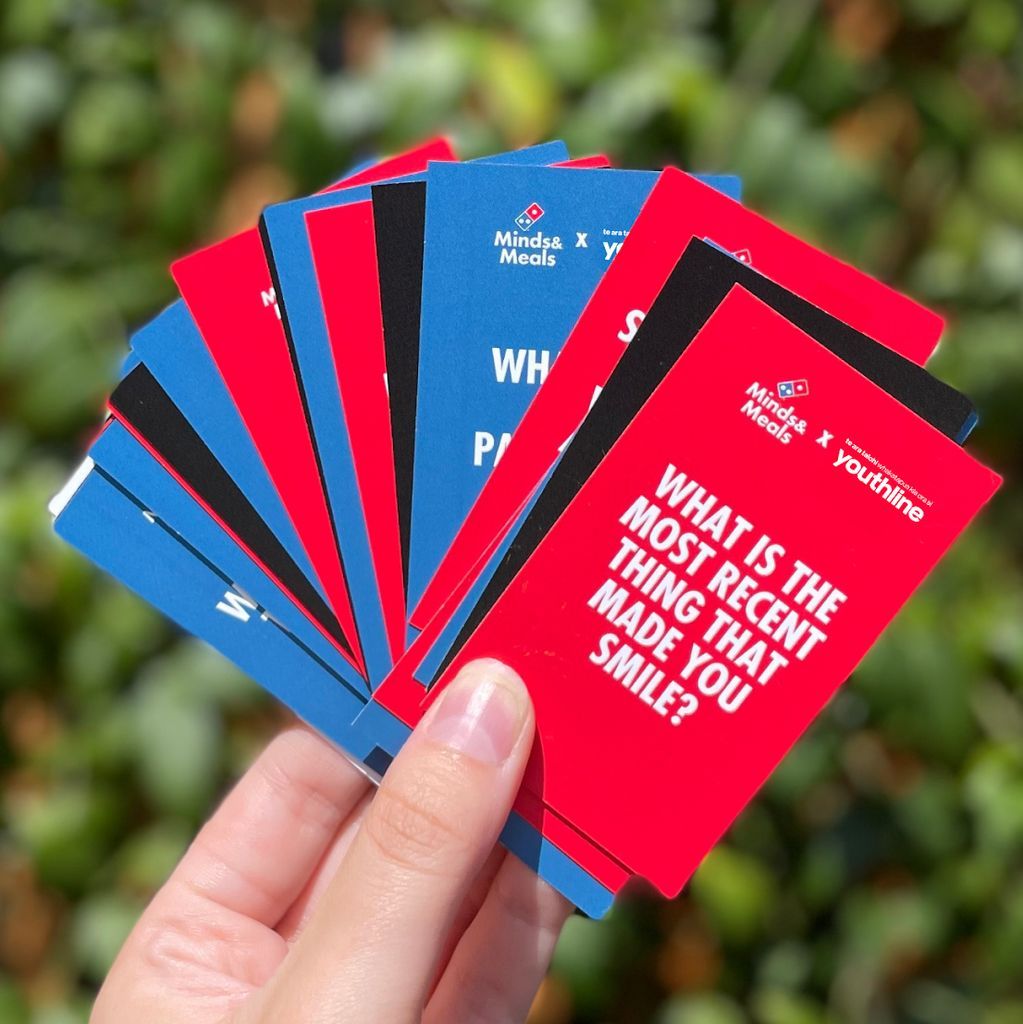

Image by DALL·E Pic: Midjourney
Editors' Note: Many Fast News images are stylised illustrations generated by Dall-E. Photorealism is not intended. View as early and evolving AI art!

Radio's new tune,
With live music, harmony,
A future in tune.

Commercial radio seeks sustainability and collaboration with live music industry, MEAA weighs in on plight of Aussie artists
Commercial radio is actively seeking measures to ensure its sustainability and enhance collaboration with the live music industry and has fronted the Standing Committee on Communications and the Arts to make its case.
CEO of ARN and Chair of industry body Commercial Radio & Audio (CRA), Ciaran Davis, presented evidence to the Standing Committee on Communications and the Arts on Friday. He told senators commercial radio has a long-standing history of supporting Australian artists, both emerging and established. In 2023, it contributed nearly $40 million in royalty payments. Moreover, in 2022, commercial radio played 2.7 million Australian songs and broadcast 160,000 hours of Australian music.
The House of Representatives committee is currently investigating the challenges and opportunities within the Australian live music industry and has spent the last week speaking with industry stakeholders, including peak bodies, broadcasters and event organisers. It will also host several roundtables with musicians, venues, academic researchers and Commonwealth and State government agencies.
"Commercial radio has a long history of supporting emerging and established Australian artists and contributes to their economic development through royalty payments, which amounted to nearly $40 million in 2023," Davis said to the committee.
However, like the music industry, radio is also facing its own set of challenges. Davis suggested to unlock the potential of radio supporting the live music industry, measures need to be taken to ensure the industry remains sustainable, thriving, and innovative.
"Like the music industry, radio is facing its own challenges - so to truly unlock the potential of radio supporting the live music industry, we need measures to ensure our industry can remain sustainable, thriving and innovative," Davis said.
Davis proposed the radio and music industries should work together on research, promotion, events, and achieving prominence for Australian radio on connected devices. He envisions a future that is collaborative, creative, and sustains the unique Australian voices and music.
"Radio and music should be working together and we want to work together. Research, promotion and events, as well as working to achieve prominence for Australian radio on connected devices - keeping Australian radio and Australian music free and accessible for all - is something that is in all of our interests," Davis stated.
"We look forward to a future that is collaborative, creative and sustains the unique Australian voices and music across our country, and we thank the committee for giving us the opportunity to be included in this important conversation," Davis concluded.
Musicians, meanwhile, are calling on the government to investigate increasing market domination and anti-competitive practices in the live music industry, as the average Australian working musician struggles to make a living.
Also appearing at a hearing of the federal government’s Live Music Inquiry in Sydney today, representatives of the Media, Entertainment & Arts Alliance’s Musicians Australia section urged the Federal Government to end kneejerk funding responses that funnel public money towards already-profitable multinational companies while musicians continue to be “systematically under-compensated for their work”.
In its submission to the inquiry, MEAA cited the example of the foreign-owned giant Live Nation, which raked in more than $16 million in government grants since 2020. The company, which controls many of Australia’s music festivals and live music venues, made a net profit of $US563 million last financial year. The group then contrasted that to the findings of a recent survey of Australia’s working musicians, which revealed half (49%) earned less than $6,000 last year – a mere 15% of the national minimum wage.
Musicians Australia Federal President Kimberley Wheeler said underpayment of musicians was rife in the live music sector.
“The main source of revenue for Australian musicians is live performance,” Wheeler said. “Unfortunately, work in this sector continues to be characterised by low rates of pay, inconsistent work, delayed payments, wage theft, lack of superannuation, and the widespread expectation that musicians will play unpaid gigs in return for ‘exposure’.
“The cost of this financial precarity is obvious – with musicians less able to save for their retirement, own a home, pay off debt, or even afford the costs of having a family.”
Wheeler said while precarious working conditions weren’t necessarily new, increasing consolidation and vertical integration of the live music industry had meant less bargaining power for artists and performers. “We’ve had some artists reporting exclusivity clauses in their contracts that prohibit them from playing other gigs around the time of a festival performance, for example,” she said.
“This has left several bands in the lurch where festivals have been cancelled and we are calling for these anti-competitive clauses to be scrapped.
“We need the government to investigate the level of power and control of these large corporations and the competitiveness of the live music industry and start addressing the structural problems of the festival industry – not least the concentration of live music venues, agencies, and ticketing in the hands of large multinationals, and the systemic exploitation of Australian artists and performers.”
Singer Jess Cerro, who performs under the stage name ‘Montaigne’, additionally provided evidence to the inquiry about the challenges of making a living as a professional artist.
“Despite winning an ARIA, scoring a Grammy nomination, and representing Australia at Eurovision, financial stability – particularly for the longer term – is very much a concern,” they said. “When you start out in the music industry you know it’s not going to be an easy ride, but it shouldn’t have to be this hard. There are systemic issues that need to be fixed.”
Among its raft of recommendations to the inquiry, MEAA is calling for the Federal, Tasmanian, and Northern Territory governments to endorse a $250 minimum for taxpayer-subsidised gigs. MEAA is also recommending that it be extended to the corporate sector, with the $250 minimum payment adopted by commercial operators across Australia as part of broader industry solutions.
It is also urging the federal government to explore policies and practices to improve opportunities for Australian musicians alongside international touring acts
Speaking as the hearings commenced earlier last week, Committee Chair, Brian Mitchell MP, said it was looking forward to continuing its deep dive into the operational and regulatory challenges facing the live music event industry.
"The Committee is also looking forward to discussions in a roundtable format with the key music-related Commonwealth Arts agencies about how Australian live music is recognised and supported in Australia’s cultural policy Revive," he said. Specific areas to be explored include the rapidly changing face of the Australian live music industry; changing audience preferences post-pandemic—including new demographic behaviour, and how digitisation is impacting career pathways and business longevity.
The Committee said it was also keen to hear about the opportunities to foster live music as an important way to tell and maintain Australian stories, including through First Nations music.
"Members particularly hope to gain insights into how musicians are honing their craft, finding performance opportunities and engaging with audiences given discoverability challenges and how the royalties regime is impacting artists’ remuneration," Mitchell added.
Partner Content from Salesforce
The AI Imperative: It’s Time for Financial Services to Embrace AI
How Trusted AI Opens Up New Possibilities for Customer Service










